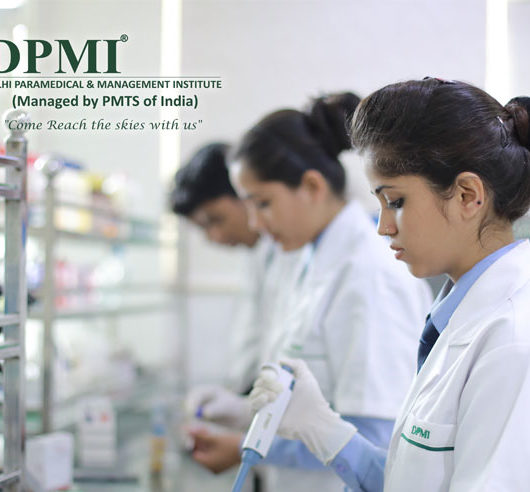Therapeutic Phlebotomy
In Therapeutic phlebotomy a significant amount of blood is carefully removed. Red cell mass, iron reserves, and blood volume are the key uses of therapeutic phlebotomy. A number of physiological mechanisms underlie therapeutic phlebotomy. For instance, bloodletting stimulates bone marrow stem cells to produce new red blood cells, which demand the transportation of iron from the body’s reserves to produce haemoglobin. Therapeutic phlebotomy is the method of choice for blood disorders in which the withdrawal of RBCs or serum iron provides the most effective way to manage the complications and the symptoms. As a result, the patient’s overall iron levels are decreased.
Indications
Hemochromatosis, Polycythemia Vera, Porphyria Cutanea Tarda, Polycythemia related to arterio-venous fistulae, and cyanotic congenital heart disease. Iron excess, or hemochromatosis, can be inherited or acquired as a result of repeated transfusions, it is crucial that blood contain the proper levels of iron. Too much can have a negative impact on health and perhaps set the stage for future illnesses. The removal of abnormally shaped red blood cells, as in sickle cell anaemia, or the reduction of blood viscosity as a result of increased red cell mass may all be treated with therapeutic phlebotomy.
Procedure of Therapeutic Phlebotomy
Phlebotomy is frequently carried out by a skilled phlebotomist in a blood donation facility. Phlebotomy for therapeutic purposes is carried out under medical supervision.
Temperature
Blood pressure
Heart rate (pulse)
Arm examination
Respiration
A technician will extract a certain amount of blood during a therapeutic phlebotomy treatment using a needle attached to a blood collection bag. The technician will withdraw the needle and apply a pressure bandage to the needle site when the appropriate amount of blood has been extracted. Place the needle in a sharps biohazard container after removing it from the transfer bag. Place the bag in the biohazard waste for disposal.
Check for reactions from the patient. Inform your primary doctor if any reaction occurs. Keep track of the reaction type and how symptoms went away. Give patient refreshment and advise to wait for at least 15 minutes before getting back to their regular routines.
Conclusion
Therapeutic phlebotomy is beneficial for treating individuals with hemochromatosis, polycythemia vera, and associated disorders because it is reasonably safe and successful at reducing iron storage in the body.



